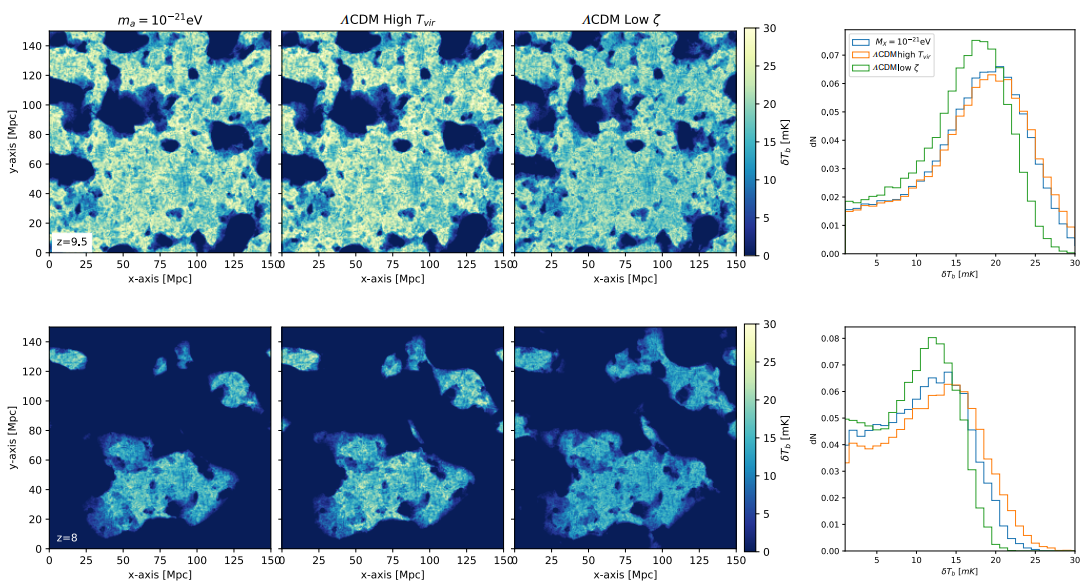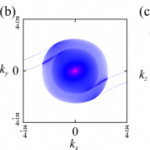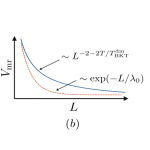Published 11 January 2022 • © 2022 IOP Publishing Ltd and Sissa Medialab
Cristiano G. Sabiu1, Kenji Kadota2,3,4,5, Jacobo Asorey6 and Inkyu Park1,7
Journal of Cosmology and Astroparticle Physics, Volume 2022, January 2022
Abstract
We present forecasts on the detectability of Ultra-light axion-like particles (ULAP) from future 21 cm radio observations around the epoch of reionization (EoR). We show that the axion as the dominant dark matter component has a significant impact on the reionization history due to the suppression of small scale density perturbations in the early universe. This behavior depends strongly on the mass of the axion particle. Using numerical simulations of the brightness temperature field of neutral hydrogen over a large redshift range, we construct a suite of training data. This data is used to train a convolutional neural network that can build a connection between the spatial structures of the brightness temperature field and the input axion mass directly. We construct mock observations of the future Square Kilometer Array survey, SKA1-Low, and find that even in the presence of realistic noise and resolution constraints, the network is still able to predict the input axion mass. We find that the axion mass can be recovered over a wide mass range with a precision of approximately 20%, and as the whole DM contribution, the axion can be detected using SKA1-Low at 68% if the axion mass is MX < 1.86 × 10-20 eV although this can decrease to MX < 5.25 × 10-21 eV if we relax our assumptions on the astrophysical modeling by treating those astrophysical parameters as nuisance parameters.
More details from the publisher >


